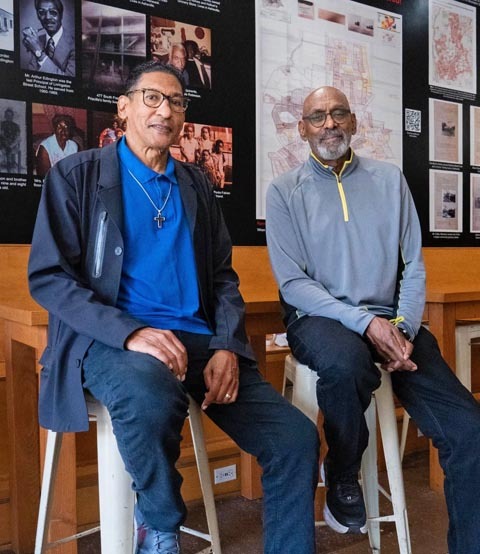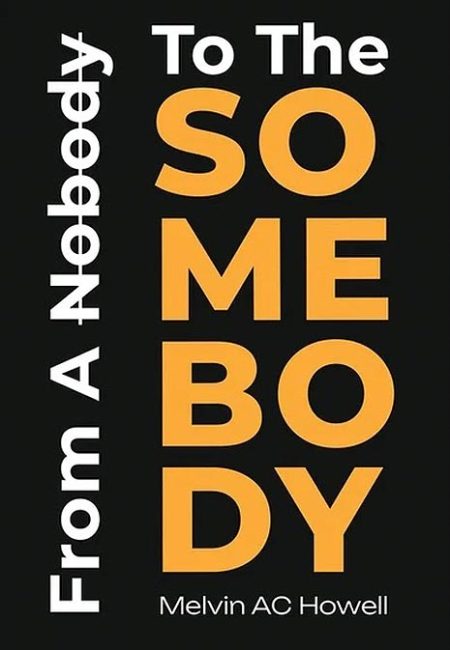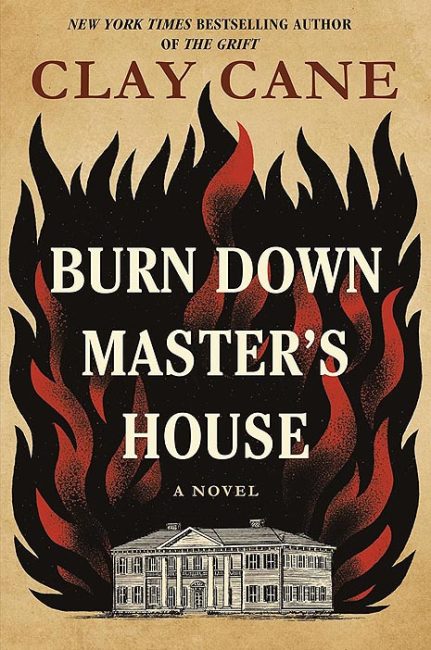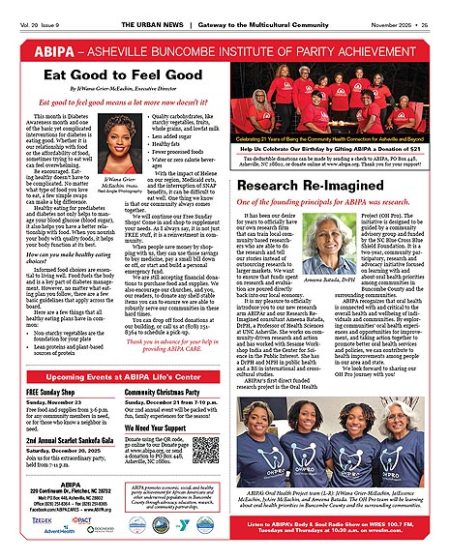Losing Our Soul
How decades of policy, development, and neglect have reshaped the city’s cultural landscape.

Asheville Watchdog’s four-part investigative series offers a sobering look at the forces behind Asheville’s declining Black population and the gentrification of historically Black neighborhoods.
Where Are All the Black People? This opening piece traces the demographic shift that has seen Asheville’s Black population fall from 20% in 1980 to under 11% today. The article highlights how Black families, once rooted in neighborhoods like Southside and East End, have been priced out or pushed out by rising housing costs and redevelopment. Longtime residents describe a sense of erasure, as cultural institutions, churches, and community anchors vanish. The loss is not just numerical—it’s deeply emotional and historical.
How Asheville Became a City Black Residents Leave. Part two dives into the legacy of urban renewal, particularly the federally funded projects of the 1960s and ’70s that razed Black neighborhoods under the guise of progress. More than 1,100 homes and dozens of businesses were destroyed, displacing families and severing generational wealth. The article argues that these wounds were never healed, and that city policies failed to reinvest in displaced communities. Interviews reveal how promises of revitalization often led to exclusion, leaving many Black residents feeling betrayed and unwelcome.
Advance of the Slim-Talls. Part three focuses on the architectural and economic transformation of Black neighborhoods. “Slim-talls,”—narrow, multi-story homes built on small lots—symbolize the influx of wealthier, often white newcomers. These homes, priced far beyond the reach of longtime residents, are reshaping the physical and social fabric of areas like Southside and Shiloh. The article documents how gentrification is not just about buildings, but about cultural displacement and the loss of community identity.
Simple, Short-Term Solutions to Asheville’s Black Population Decline. Part four explores the complex challenges behind Asheville’s declining Black population and the difficulty of implementing quick, effective solutions. It highlights systemic issues such as housing affordability, economic displacement, and historical inequities, emphasizing that meaningful change requires long-term, community-driven strategies rather than simple fixes.
These articles, written by Dan DeWitt, John Boyle, and Sally Kestin, paint a portrait of a city at odds with its stated values of equity and inclusion. The series calls on readers to reckon with Asheville’s past and present, and to consider what justice and restoration might truly look like.
Panel Discussion
On Wednesday, November 12, 2025, Asheville Watchdog will present a panel discussion about the series. John Boyle will moderate the event, which will run from 6:30-8 p.m. at the Dr. Wesley Grant Sr. Southside Community Center, 285 Livingston Street in Asheville.
A panel of Black community leaders will discuss the ongoing decline of Asheville’s African American population, its causes—both past and present—and its social, economic and cultural implications for our city.
- Dwight Mullen, former University of North Carolina Asheville political science professor and former chair of the Asheville-Buncombe Community Reparations Commission.
- Sheneika Smith, Asheville City Council member and founder and executive director of nonprofit Sistas Caring 4 Sistas.
- Antanette Mosley, Asheville Vice Mayor and Attorney.
- Priscilla Robinson, Urban Renewal Activist.
- Sekou Coleman, Community Organizer.
The event will be live streamed on Asheville Watchdog’s Facebook page, www.facebook.com/avlwatchdog.
Read Losing Our Soul, a four-part series, at avlwatchdog.org/category/losing-our-soul.

Asheville Watchdog is a nonprofit news team producing stories that matter to Asheville and Buncombe County. Read more at avlwatchdog.org.






